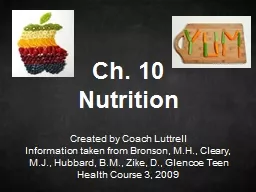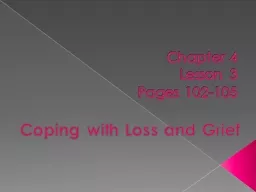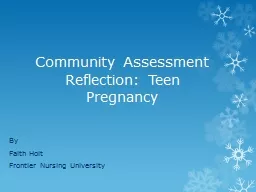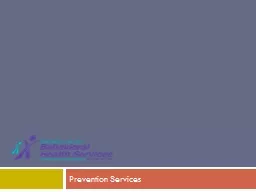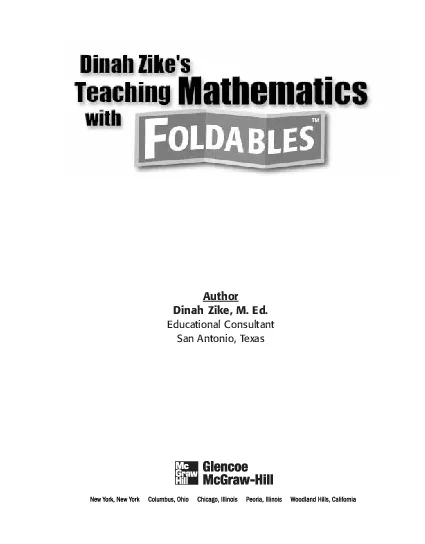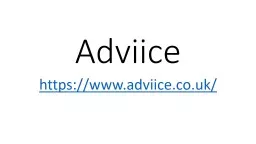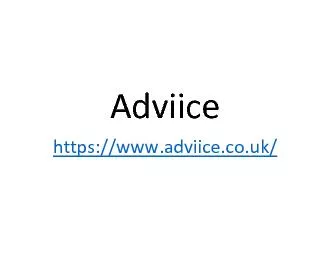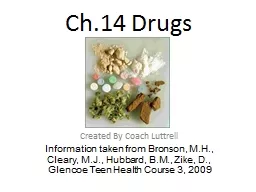PPT-Created by Coach Luttrell Information taken from Bronson, M.H., Cleary, M.J., Hubbard,
Author : briana-ranney | Published Date : 2019-11-03
Created by Coach Luttrell Information taken from Bronson MH Cleary MJ Hubbard BM Zike D Glencoe Teen Health Course 3 2009 Ch 10 Nutrition Lesson 1 The Importance
Presentation Embed Code
Download Presentation
Download Presentation The PPT/PDF document "Created by Coach Luttrell Information ta..." is the property of its rightful owner. Permission is granted to download and print the materials on this website for personal, non-commercial use only, and to display it on your personal computer provided you do not modify the materials and that you retain all copyright notices contained in the materials. By downloading content from our website, you accept the terms of this agreement.
Created by Coach Luttrell Information taken from Bronson, M.H., Cleary, M.J., Hubbard,: Transcript
Download Rules Of Document
"Created by Coach Luttrell Information taken from Bronson, M.H., Cleary, M.J., Hubbard,"The content belongs to its owner. You may download and print it for personal use, without modification, and keep all copyright notices. By downloading, you agree to these terms.
Related Documents

